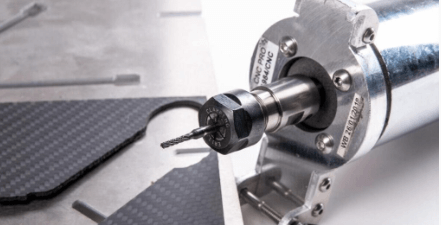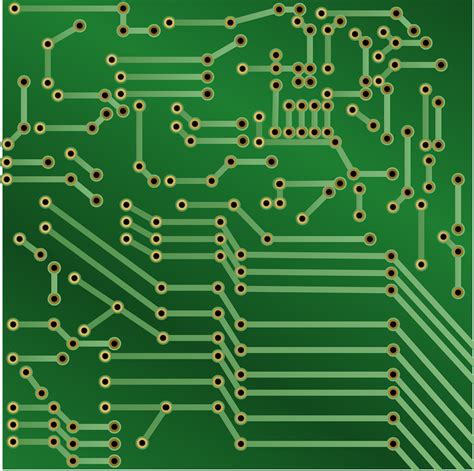How to Handle Moisture-Sensitive Components
The situation involving moisture sensitivity of plastic integrated circuits (ICs) has been steadily getting worse, due to a number of industry trends, including the continued pursuit of higher reliability products to support critical communications and technology applications. Failure rates for moisture-sensitive devices (MSDs) alone are already at an intolerable level, coupled with the ongoing changes in packaging technology. Shorter development cycles, shrinking geometries, new materials, and larger chips are causing a rapid increase in the number of MSDs and higher levels of moisture/reflow sensitivity. Finally, the growth in the use of area array packages such as BGAs and CSPs has also had a significant impact. This is because these components tend to be packaged in tape-and-reel systems with a large number of components per reel. The key issue is the longer exposure to moisture when compared to leaded components in IC trays.
Impact of Outsourcing
Perhaps the most important factor is the continued growth of contract manufacturers and mass customization. In the printed circuit board manufacturing industry, this has become a “high-mix” production, and the reduction in batches has led to more product changeovers on the assembly line, resulting in increased exposure to MSDs. Each time an SMT production line switches to a new product, most of the components already loaded on the placement machine must be removed, resulting in many partially used trays and reels that need to be temporarily stored for later use. Such stored MSDs are likely to exceed their critical moisture content before returning to the assembly line and the final solder reflow process. Therefore, during setup and handling, the exposure time must be increased to the dry storage time.
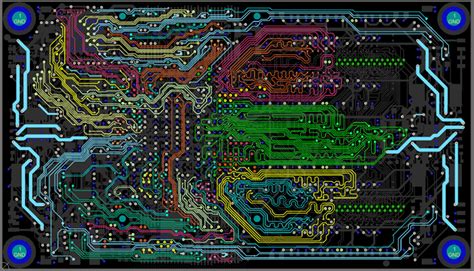
IPC/JEDEC Standards
Guidelines for the classification, handling, packaging, transportation and use of MSDs have been clearly defined in the industry standard J-STD-023, a joint publication of the American Electronics Industry Association (IPC) and the Soldering Electronic Components Engineering Council (JEDEC). The document was issued in 1999 and mainly unified and revised two previous standards: IPC-SM-786 and JEDEC-JESD22-A112 (both of which are now obsolete). The new standard contains many important additions and changes that must be followed to update existing manufacturing systems and procedures.
In summary, the standard requires that MSDs be properly sorted, labeled, and packaged in dry bags until ready for PCB assembly. Once the bag is opened, each component must be assembled and reflowed within a specified time frame. The standard requires that the total cumulative exposure time of each reel or tray of MSDs should be tracked through the complete manufacturing process until all parts are mounted. Proper material replenishment should effectively reduce exposure time during storage, preparation, and implementation. In addition, the standard provides flexibility to increase or decrease the maximum production life, based on room environmental conditions and baking time.
Manufacturing Procedure Overview
While the principle of assembling MSDs within a specified production life sounds like a straightforward requirement, actual implementation in a production environment is always challenging. Because the standard is sometimes misunderstood (and there is no simple way to do it), there is a wide variation in actual manufacturing procedures from factory to factory. For example, there are companies that have no written manufacturing procedures to track and control MSDs at all. Conversely, some companies have established very cumbersome systems that consume a lot of time and energy and are almost impossible for production operators to follow.
In between these extremes, most companies have established simplified work procedures with many assumptions to make them work. However, this also results in the assembly of components that need to be baked while also baking those that do not. The first situation will affect material availability, solderability, and lead to waste of expensive components. The other situation will affect the reliability of the final product. Unfortunately, in many organizations, MSD work procedures were established many years ago and are not regularly revised. Changes in components, product mix, material supply, assembly processes, equipment and standards are not reflected, and their effectiveness is greatly compromised.

MSD Identification
The first issue related to MSD control is the identification of trays and reels. Once removed from their protective dry bags, how are these trays and reels with components identified? If the components are not received in dry bags, or if the bags are not properly labeled, there is a risk that they may be handled as non-moisture sensitive components. Material handlers and operators must have a convenient and reliable method to confirm the part number and related information, including the moisture sensitivity level.
Most MSDs are packaged in plastic IC trays that conform to the standard JEDEC/EIAJ outline. Unfortunately, these trays do not have surface space for labeling. In most cases, individual trays are labeled indirectly, with paper or stickers placed on shelves, machine feeders, dry rooms, bags, etc. All data must be transferred from the original labels through different steps. Those who have spent some time on SMT production lines know the great difficulties caused by tracking components packed on trays, and the human errors that this causes.
It should be admitted that it is relatively easy to put identification labels on plastic reels. However, the surface available for labeling varies greatly (depending on the design of the reel). Sometimes reels contain large openings, which is slightly more complicated for larger labels. A typical reel should have multiple labels with various bar codes and readable data required throughout the production and component sorting cycle. Because no standard format for identification has been established, assemblers are sometimes forced to add personal labels in addition to all other labels, which makes handling such components very confusing.
Therefore, when reels contain MSDs, they should clearly indicate their sensitivity level. However, even when the reels are properly labeled, this information may become unreadable when the reel is loaded on the feeder or installed in the adjacent feeder of the placement machine.
The Hazards of Not Tracking Exposure Time
Perhaps the worst case scenario is that some assemblers rely on their material replenishment systems (Just in Time [JIT]/Early In, Early Out [FIFO]) to guarantee that all components will be assembled within the specified time limit. This was tolerable in the past, but today, the constant change in component technology and increasing production mix make this a very dangerous situation. In fact, most assemblers have no idea how long components are exposed and how often the MSD exceeds its maximum production life because this information is not tracked.
The actual level of danger can be illustrated with a practical example: Assume a reel contains 850 BGAs and a product requires one part per board. Like most PBGAs, the part is classified as Class IV with a production life of 72 hours. This means that once the reel is loaded onto the placement machine, the line must run at an average rate of more than 12 boards per hour, 24 hours a day, without interruption for three full days to place all the components before the deadline. Then add the exposure time of the parts during setup of the SMT line (hopefully without the MSD pre-prepared on the feeder), and other common situations such as changes in production schedules, stock shortages, downtime, etc. Finally, in most production environments, there is more than one product changeover per day, resulting in multiple setups. The exposure time involved will then be extended as the same reel is taken on and off the placement machine multiple times. When all exposure factors are considered, it is clear that a large number of MSDs will exceed their specified production life before reflow soldering.
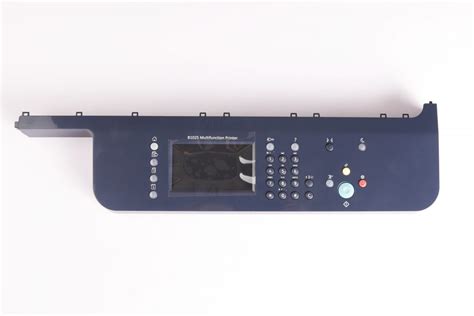
Dry Storage
Part trays and reels removed from the placement machine are usually stored in a dry environment until they are used again. This storage must consist of a dry room or resealable dry bags with desiccant. Many assembly manufacturers believe that the exposure time of the parts ends when they are in dry storage. In fact, once the parts have been exposed for a certain period of time (more than one hour), the absorbed moisture will remain in the package and diffuse to the central interface, potentially causing damage. For this reason, the standard does not say to stop the exposure time.
Recent findings clearly indicate that for highly moisture sensitive components (Class 4-5a), the dry storage time is as important as before production exposure. One example cited from a paper on the subject1 shows that a PLCC classified as Class 5 (typically 48-hour production life) actually still exceeded the critical moisture level after only 16 hours of exposure followed by 70 hours of dry storage. However, it is still a good idea to put the components into dry storage. The drier the environment, the slower the moisture absorption process, and if the parts are left in the dry environment for sufficient time, the process will reverse and the parts will begin to re-dry. Also, if the exposure time is limited, the entrapped moisture will be removed in a relatively short time. The IPC/JEDEC standard states that for parts exposed for less than 8 hours, the exposure time can be reset to zero after 5 times the dry environment time. Once again, the real issue is providing a workable work procedure for the production operator.
Preparing Just the Right Quantity
Using the principle of minimum exposure time, some assembly manufacturers have adopted the method of issuing MSDs in small quantities, preparing just enough for eight hours of assembly. If any parts remain before this limit, the parts can be brought back to dry condition by sufficient dry storage time. This involves detailed quantity calculations including scrap factors for each MSD. Expensive and fragile ICs must be manually moved in and out of plastic trays. In addition, the tapes must be cut to the appropriate lengths. The latter requires a more difficult slitting operation to add the guide tape required by the feeder and to transfer all component information from the original packaging to the new tray/reel.
This operation will cause a high risk of mechanical or ESD damage, which will have a negative impact on quality, yield and cost. In addition, it is critical to monitor that parts do not exceed the specified eight hours and spend more than five times the drying time before re-issuing them to production.
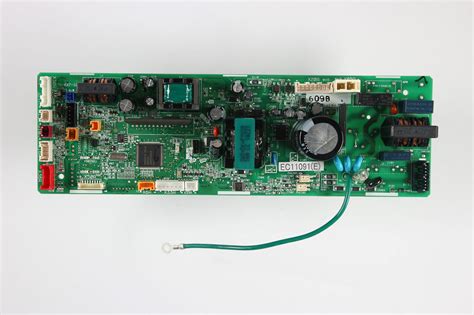
Bake Everything
Another approach is to systematically bake all used trays and reels left over from production. This is a simpler management procedure, but it may cause more problems than it actually prevents. It is important to note that the default conditions for barium baking have been greatly increased in the latest IPC/JEDEC standards. For parts packaged in hot trays, the current cycle is 48 hours at 125°C. Components on reels and cold trays must be baked at 40°C for 68 days. In most companies, this is simply not possible. The standard states that bake cycles are permissible on finished components unless otherwise indicated. If more than one cup bake cycle is required, the supplier should be consulted.
Manual Recording of Times
In many companies, the MSD procedure requires production operators to manually record the date and time that the part is initially removed from its protective dry bag. Because most MSDs are packaged in JEDEC/EIAJ trays or reels, the exposure time record sheet (for those on reels) can be included on a label. In the case of trays, there is no way to attach the processing data directly to the container. Due to these limitations, it is difficult to maintain the connection between the component and its respective record sheet as trays and reels are loaded and unloaded from the placement machine and the dry room.
In addition to the actual physical format of the record sheet, the dynamically changing data it contains creates further difficulties. Information must include part number and sensitivity level, since this data is lost once the bag is opened and discarded. To track exposure time, the log sheet must include at least one column to record the date and time when the bag was initially opened. In order for the procedure to account for time spent in dry storage, the log sheet must also include the date and time (possibly multiple times) that the material enters and exits the dry room or dry bag.
The biggest difficulty with manual record keeping of this type is that calculations based on dates and times are not simple algebra. They take a great deal of time and effort even for a well-trained person, and are subject to human error. Time spent on this matter also has a direct impact on setup time and machine/line utilization.

Feeder and Placement Machine Inspection
A time recording procedure during material movement is a good start; however, it provides little visibility into the status of the parts when loaded on the placement machine. Why is this important? It may be that individual components will eventually exceed their longest exposure time, since that is where they spend the most time.
Partial measurement of drying control can be achieved through periodic inspections. The frequency of inspection is largely determined by the sensitivity level and the number of product changeovers and feeder setups involved. In practice, it means that production operators must perform additional date and time calculations based on previous records and ultimately remove components from the placement machine before they expire.
Due to the lack of visibility, MSDs mounted on the machine, feeder holders may be exposed for longer periods of time. Great care should be taken with production lines that have fixed feeder setups and unused trays and reels that are not removed from the machine.
In addition to these concerns, there are other difficulties associated with the process involved. These include baking, resealing in dry bags, relabeling, repair and rework, equipment programming, retaping, double-sided reflow, room condition degradation, etc.
Conclusion
There are many major obstacles that prevent assembly manufacturers from properly controlling damage to MSDs. In many cases, there are adequate written procedures, but they quickly become unfollowed by human intervention. This can result in a large number of unacceptable defects. PCB assembly operations should re-evaluate their MSD work procedures based on the latest IPC/JEDEC standards. Although the control of moisture hazards is as important as electrostatic damage, it has not received the same attention. New systems and methods are needed to provide viable and reliable solutions to these problems in production environments.




